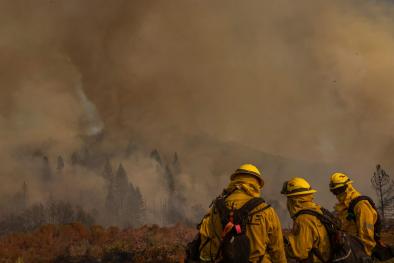Concentrated and Intensifying Humid Heat Extremes in the IPCC AR6 Regions
Study key findings & significance
- Humid heat extremes have intensified in most regions, though some areas have experienced greater increases than others.
- In many locations across the world, extreme humid heat is more common during strong El Niño episodes.
- The results advance the understanding of potential heat stress and the development of regionally-specific strategies for combating its impacts.
Abstract
Extreme humid heat events have seen rapid increases globally in recent decades, but regional changes and higher-order temporal characteristics, such as interannual and intra-annual clustering, have not been widely explored. Using ERA5 reanalysis data from 1979-2019, we find increasing trends of varying magnitudes in extreme wet-bulb temperatures at the Intergovernmental Panel on Climate Change Sixth Assessment Report (IPCC AR6) regional scale. In many locations, interannual variations in extremes show a strong relationship with the El Niño-Southern Oscillation. The temporal proximity of precipitation events to humid heat days in arid regions suggests that local moisture effects may lead to clustering. Knowledge of these spatial and temporal patterns aids in understanding how potential heat stress is increasing, as well as facilitates the development of regionally-specific adaptation and mitigation strategies for combating the associated societal impacts.
Related Content



